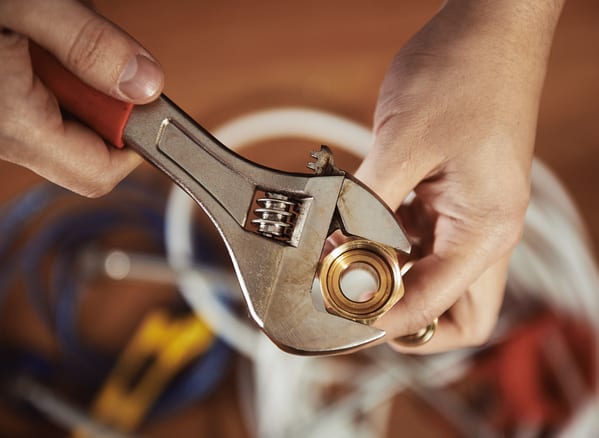A furnace is the heart of your home heating system. You want it running with full efficiency, especially as we head into the coldest months of the season. However, when a furnace starts acting up, it may not be obvious whether it's a question of repairing or replacing it with a new furnace.
Your best bet is to have a licensed professional inspect the unit. However, it's good to know the common issues that occur with furnaces so you will have some idea of what to do in advance.
Problems a Homeowner Can Fix
We'll start with a few simple issues you can successfully fix on your own. If you still experience problems after taking these steps, it's time book a repair appointment.
- Lack of Heat
Make sure the furnace’s power is on. Check to see that the unit and thermostat is set to “Heat” and not “Cool.” Adjust the thermostat to a few degrees above the current room temperature. - Clogged Filter
Most furnaces will shut down if the filter has become especially clogged. Turn off the furnace and check the filter. An old trick is to hold it up to the light. If you see any light coming through, it’s usually okay. Otherwise, replace it, if needed. - Incorrect Time Settings on Your Thermostat
If the programs on your thermostat are set incorrectly, the unit may not come on when you expect. - Blocked Ducts and Vents
Ducts blocked by furniture or other items in front of vents can greatly reduce the furnace’s capacity to evenly heat your home. Units that vent outside must also remain free of debris and obstructions. Make sure they’re all open. - Thermostat Not Working
Check and replace the batteries, if needed. There’s usually an icon on the screen that indicates if the batteries are low.
When to Repair a Furnace
As a rule of thumb, the unit is still worth repairing if it is in the first half of its estimated lifespan. However, this may depend on the repair cost.
In most cases, a professional can repair the following issues:
- Furnace not turning on due to the thermostat
- Faulty ignition or flame sensing problems
- Broken limit switch, possibly resulting in continuous operation
- Unit constantly cycling Off and On
- Unit makes loud and unusual noises on a regular basis
- Clogged drain lines (units typically shut down if the drain lines become clogged)
When to Replace a Furnace
Generally, if the unit requires regular repairs and/or is past more than half its estimated lifespan, replace it. A furnace’s lifespan is generally 15 to 20 years. You may need a new furnace if:
- Furnace needs repair with increasing frequency
- Increasingly higher energy bills
- A repair bill that is more than half the unit’s original cost
Ask a technician for their opinion on any of these issues with your equipment. If the unit is just old or you are having other matters, they can identify what are the best options for you.
Whatever option you choose, don’t wait too long! You definitely don’t want to be without a working furnace when you need it most. Contact us to request a quote for furnace repair or install a new furnace in the Greater Toronto Area and Hamilton.







